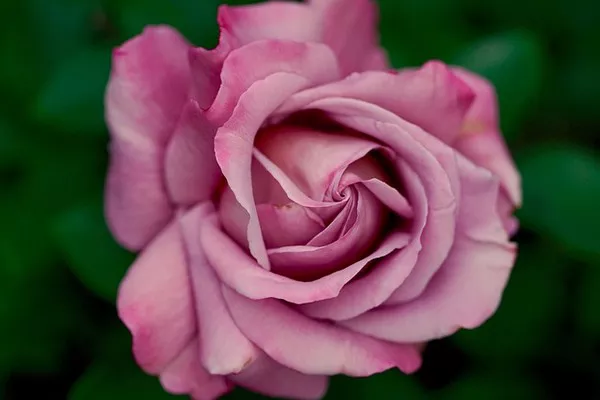In the vast tapestry of botanical beauty, pink flowers stand out as captivating symbols of grace and charm. Their delicate hues and diverse forms have captured the hearts of garden enthusiasts and nature lovers alike. In this article, we embark on a journey to unravel the enchanting world of pink flowers, exploring their names, characteristics, and the significance they hold in various cultures.
The Allure of Pink Blossoms
Pink, a color often associated with love, tenderness, and femininity, manifests itself in an array of stunning floral arrangements. From subtle pastel shades to vibrant magentas, pink flowers add a touch of elegance and sophistication to gardens, landscapes, and floral arrangements. Their presence is not only visually pleasing but also carries symbolic meanings that vary across cultures.
The Palette of Pink: Shades and Tones
Before delving into the names of specific pink flowers, it’s essential to appreciate the diverse spectrum of pink shades. From pale blush to deep fuchsia, the range of pink hues is vast and varied. Understanding the nuances of these tones can enhance one’s appreciation for the intricate beauty of pink blooms.
Names and Varieties: Identifying Pink Flowers
Now, let’s navigate through the intriguing realm of pink flowers, exploring the names and characteristics of some renowned varieties.
1. Pink Roses: The Epitome of Romance
Undoubtedly, one of the most iconic pink flowers is the rose. With its timeless association with love and romance, the pink rose comes in various shades, each conveying a unique sentiment. From the soft blush of the ‘Bridal Pink’ to the vibrant allure of the ‘Hot Princess,’ pink roses grace gardens and bouquets with their unparalleled elegance.
2. Cherry Blossoms: A Symbol of Transience
In the realm of ornamental trees, cherry blossoms take center stage with their ethereal beauty. The delicate, pale pink petals of cherry blossoms symbolize the fleeting nature of life in Japanese culture, making them a powerful and cherished emblem of the transient beauty of spring.
3. Peonies: Opulence in Bloom
Known for their voluminous, lush blooms, peonies offer a luxurious touch to any garden. The various shades of pink peonies, such as the ‘Sarah Bernhardt’ and ‘Bowl of Beauty,’ showcase the opulence and grandeur that characterize these stunning flowers.
4. Tulips: A Burst of Springtime Elegance
Tulips, synonymous with the arrival of spring, exhibit a wide range of colors, and pink tulips are no exception. From the gentle ‘Angelique’ to the bold ‘Pink Impression,’ these flowers symbolize renewal and the vibrant energy of the season.
5. Camellias: Timeless Grace in Pink
Known for their glossy, evergreen foliage and exquisite blooms, camellias come in various shades, including captivating pinks. The ‘Pink Perfection’ and ‘Debutante’ varieties exemplify the timeless grace that camellias bring to gardens, often symbolizing longevity and admiration.
Cultural Significance of Pink Flowers
Beyond their aesthetic appeal, pink flowers hold cultural significance in various societies. Understanding the symbolism attached to these blooms adds depth to their allure.
1. Asia: Symbolism in Cherry Blossoms
In Asian cultures, particularly in Japan, cherry blossoms are revered for their ephemeral beauty and represent the transient nature of life. The annual cherry blossom festivals, or Hanami, celebrate the fleeting but exquisite beauty of these pink blooms.
2. Western Traditions: Pink Roses and Romance
In Western cultures, pink roses are synonymous with expressions of love and romance. Whether used in weddings, anniversaries, or Valentine’s Day bouquets, the soft and radiant hues of pink roses convey affection and admiration.
Cultivating Pink Blooms: Tips for a Blooming Garden
For those inspired to incorporate the elegance of pink flowers into their own green spaces, cultivating these blooms requires thoughtful planning and care. Here are some tips for successfully growing and maintaining a garden adorned with pink blossoms:
1. Choose the Right Varieties: Matching Colors and Climate
Selecting pink flowers that thrive in your specific climate is crucial for a successful garden. Consider factors such as soil type, sunlight, and temperature when choosing varieties to ensure their optimal growth.
2. Proper Soil Preparation: Nurturing the Roots
Pink flowers, like any other plants, benefit from well-prepared soil. Ensure proper drainage and nutrient levels to create a fertile environment for healthy root development and robust blooming.
3. Regular Maintenance: Pruning and Feeding
Regular pruning helps maintain the shape and health of pink-flowering plants. Additionally, providing appropriate nutrients through fertilization supports vibrant and prolonged blooming.
Conclusion
In conclusion, the world of pink flowers is a captivating realm filled with diversity, symbolism, and timeless elegance. From the iconic pink rose to the delicate cherry blossom, these blooms have woven themselves into the fabric of various cultures, conveying emotions and celebrating the beauty of nature.
As we continue to appreciate the allure of pink flowers, let us be inspired to cultivate gardens that not only please the eye but also carry a deeper, cultural significance. The timeless appeal of pink blooms serves as a reminder of the enduring connection between humanity and the natural world, fostering a sense of appreciation for the beauty that surrounds us.


